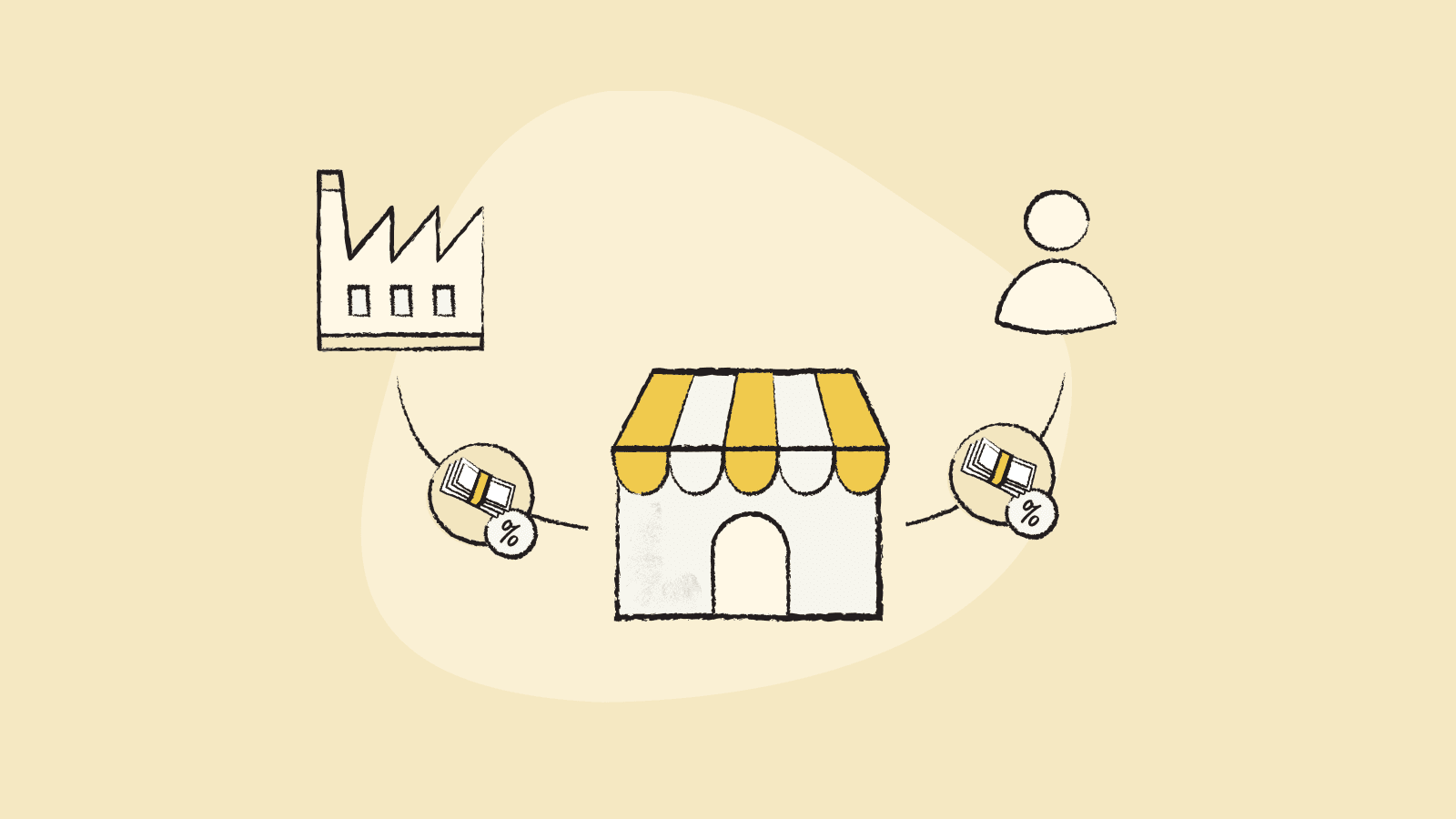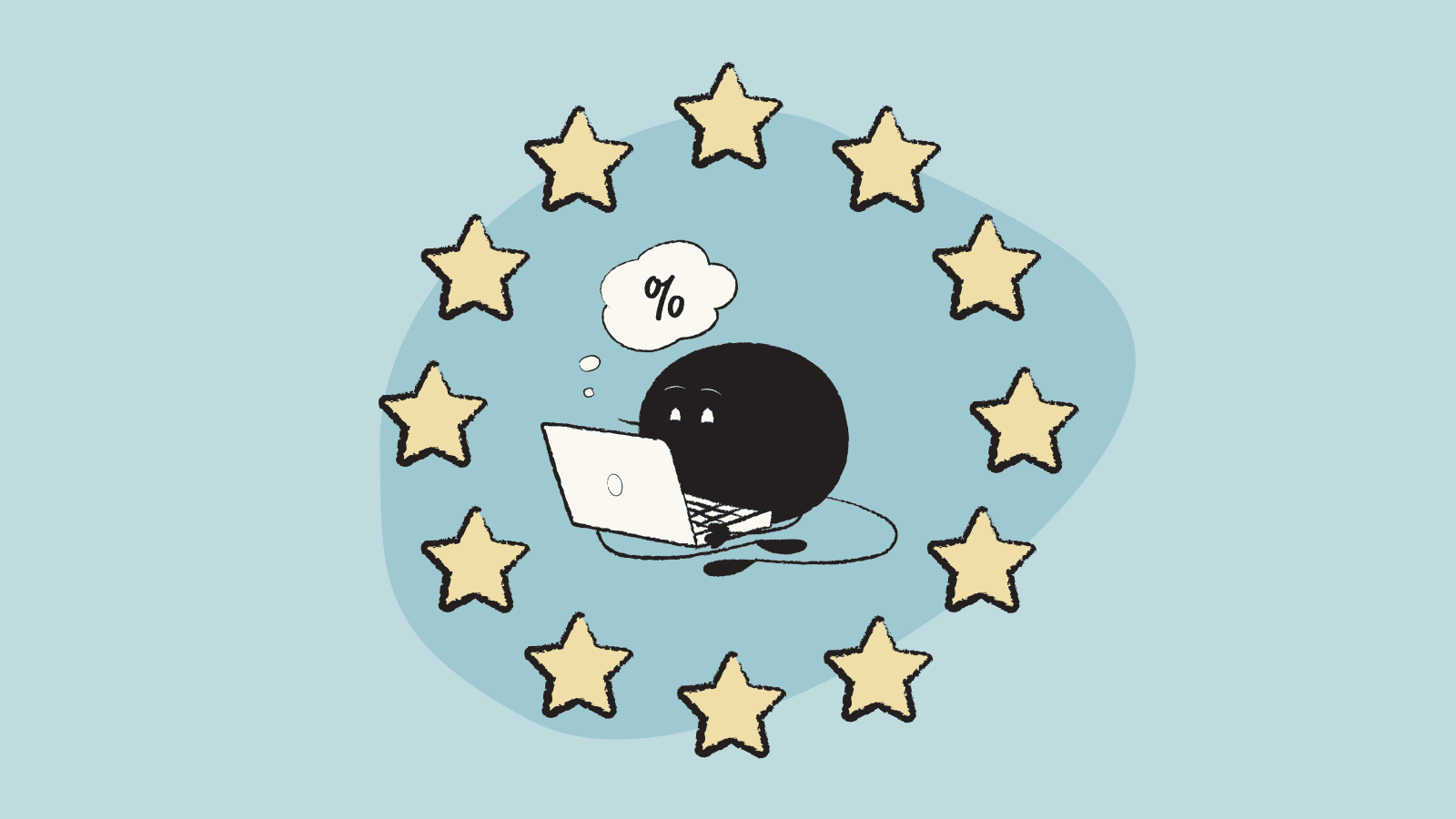You're here:
Input VAT vs. Output VAT: What is the difference?

Value-added tax (VAT) is a crucial part of the business tax system for many countries. It’s also one that business owners often find confusing, with a lot of different rules and complexities to navigate. In particular, input VAT vs. output VAT has a lot of startup founders, self-employed individuals, and long-time business owners scratching their heads.
If you’re feeling uncertain about input VAT vs. output VAT, we’ve put together a handy guide to help clear things up.
What is input VAT?
Let’s start with input VAT tax. This is a tax that’s paid by your business when you purchase VAT goods and services.
In simple terms, input VAT is an expense on your part; the money comes out of your business bank account, after all. In reality, though, it’s not quite as straightforward.
If you’re still not 100% sure what input VAT is (and you’re certainly not alone), let’s take a look at an example.
Say, for instance, you run a business selling online courses and eBooks. You need to pay for web hosting and website development to get your business up and running, which costs £1,000. If the standard VAT rate is 20% then the VAT payable, which your business will pay, is £200. So, £200 is your input VAT total for those purchases.
If you’re in the US, your sales tax system works differently from VAT, and you don’t pay sales tax on goods and services bought for your business.
What’s VAT receivable?
VAT receivable is another term for input tax, so it’s the VAT your business pays on goods and services. You might hear the two used interchangeably, so it’s good to be aware that they have the same meaning.
What is VAT output?
Your output VAT is the value-added tax that your clients pay on your goods and services. This tax will be collected by you and sent on to the government, meaning that it doesn’t add to your income.
It’s a legal requirement to charge VAT on applicable goods and services once your profits exceed the VAT threshold. You’ll also need to follow the current VAT rates to ensure you’re charging the correct amount to your clients.
VAT input vs. output: What’s the difference?
To summarize, VAT input is the tax your business pays, and VAT output is the tax your clients pay. The key difference lies in who’s responsible for paying and reclaiming it. Remember, output VAT must also be sent (or remitted) to the government to ensure full legal compliance.
Why understanding input and output VAT matters
When you’re running a business, navigating your tax responsibilities is essential. This includes when it comes to VAT, but why is it so important? Let’s break it down for both input and output tax.
Why understanding input VAT is important
If you’re buying goods and services to run your business, you’ll likely be paying input VAT.
“For service-based businesses, input VAT often applies to essential operational costs - from software subscriptions to outsourced expertise. Effective management of input VAT goes beyond compliance; by accurately tracking and reclaiming it, businesses can improve financial forecasting, maintain predictable cash flow, and support sustainable growth.” — Louisa Delpy, Operations Director at Hive19.
It’s important to understand what this is to help your:
- Cash flow: Accounting for input VAT helps you better understand the money moving in and out of your business, and what you can reclaim. This ensures smoother financial management and a more accurate knowledge of your financial health.
- Claiming back: If you’re VAT registered, you can reclaim input VAT for relevant business expenses. Knowing how much you’ve paid and keeping a record of the purchases is crucial. Check out these tips on how to maximize your tax deductions.
- Budgeting: Taking into account the input VAT you’ll need to pay and how much you can reclaim back makes it easier to forecast your income and expenses. This makes for more reliable budgets that look at your long-term financial health rather than short-term spending.
Why understanding output VAT is important
If you’re eligible to pay VAT (or voluntarily pay VAT), understanding what output VAT is helps you:
- Stay compliant: Knowing how output VAT works ensures you charge the correct VAT rate on your goods or services and submit accurate returns. This helps you avoid penalties, audits, or issues due to incorrect tax reporting.
- Budget: Understanding output VAT allows you to plan your pricing and cash flow effectively. By factoring in the VAT you collect from customers, you can ensure you have enough set aside to pay what’s owed when it’s time to file your VAT return.
- Reconcile your VAT: Track and reconcile your input tax vs. output tax for correct reporting. This also makes it easier to know if you can claim back your input VAT.
How can you claim back VAT?
When your input tax (how much VAT you’ve paid) outweighs your output tax (how much VAT your clients have paid on your goods and services), you can claim back the difference. This is a brilliant way to reduce your tax liability, but there are rules you need to be aware of.
For instance, in the UK, you can’t claim back VAT on goods you’ve used to make VAT-exempt supplies, or to entertain clients. EU VAT rules require that you only reclaim VAT on expenses directly related to taxable business activities.
To make sure you’re fully compliant, check the regulations of your government.
How to prepare a VAT return
Preparing your VAT return doesn’t have to be complicated. The goal here is to report your output VAT and input VAT, then pay what’s owed or reclaim the difference.
To simplify your next VAT return, we’ve put together an overview of what you’ll need to do and how Quaderno can help.
Maintain Accurate Records
Throughout the tax year, you’ll need to keep records of both your input and output VAT. You’ll also need proof of income and expenses in case you’re ever audited, including invoices that clearly state how much VAT your clients pay to you and any relevant proof of purchase receipts.
Before starting a VAT return, make sure that your records are in order. Quaderno makes this a breeze by automatically tracking all your sales and purchases, and calculating your VAT so that you don’t have to worry. We can also create automatic tax reports for sales made around the world, providing you with a cohesive, central system for global tax reporting.
Calculate input and output VAT
If you aren’t using Quardeno, you’ll have to calculate how much input and output tax you need to report manually. Once you’ve added both up, work out the difference between the two. This final figure determines whether you need to pay the government (if your output tax is higher) or can reclaim (if your input tax is higher).
Fill out and submit your VAT return
Once your figures are ready, it’s time to complete your VAT return. You’ll need to fill out all necessary information accurately before submitting your return through your tax portal (in the UK, for instance, you’ll submit your return through HMRC’s system).
Again, if you’re not confident about submitting your own tax returns, try Quaderno. Not only does our handy software calculate your input and output VAT, it also offers a do-it-for-you filing service. We’ll prepare and file your returns on your behalf, on time, so that you can focus on running your business.
Be aware of VAT deadlines
For business owners who aren’t using Quaderno, you’ll need to make sure you know the necessary tax deadlines. This isn’t the same for every country, so we recommend checking with your government. Add dates to your calendar to ensure you don’t forget a deadline.
What happens if you submit an incorrect VAT return?
Whether you’ve misreported your input VAT or output VAT, submitting an incorrect return can cause serious complications for your business. Even the tiniest of errors, like calculating the wrong VAT rate on an invoice or forgetting a receipt, can lead to financial penalties, charged interest, or delayed refunds.
The reason governments take mistakes so seriously is to prevent purposeful fraud. If your input VAT is overstated, you could reclaim more tax than you’re entitled to, while understating your output VAT will result in more tax owed than you’ve stated. If the government suspects you’ve made a mistake, it could trigger an audit of your entire finances, which is a hassle, to say the least.
Luckily, most countries allow you to correct mistakes. For example, in the UK, you can submit a VAT error correction with Form 652.
So, if you’ve accidentally made an error, look into how you can amend your VAT return. It’s always better to disclose your mistakes than let the government find them at a later date.
What can help?
Once you’ve broken it down, input VAT and output VAT aren’t too tricky to understand. Just remember, input is what you’ve paid, and output is what your clients have paid. The hard part? Recording your costs to submit accurate returns.
To simplify your VAT obligations and ensure automatic tax compliance, start your free trial of Quaderno.
Note: At Quaderno we love providing helpful information and best practices about taxes, but we are not certified tax advisors. For further help, or if you are ever in doubt, please consult a professional tax advisor or the tax authorities.


